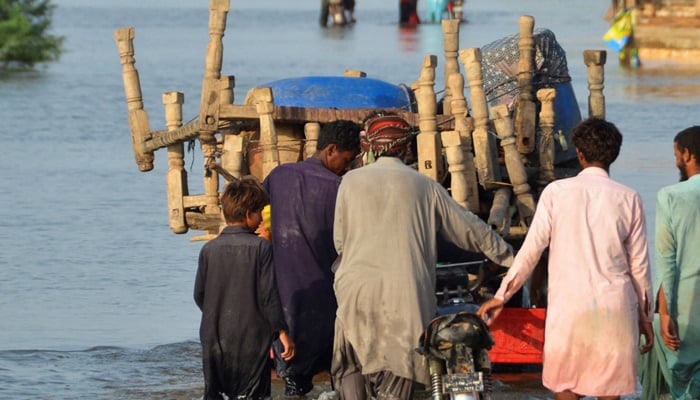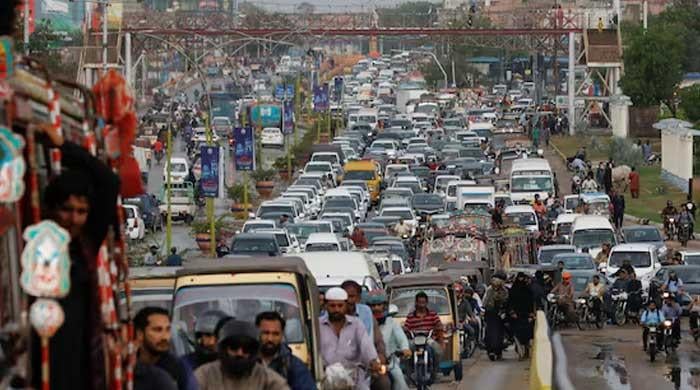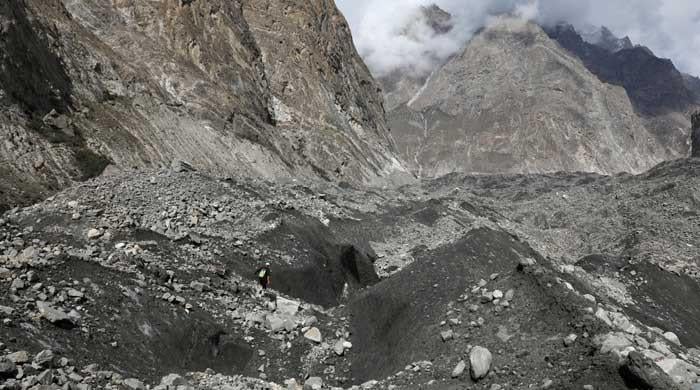Blog: The flood survivors in Kohistan no one will talk about
Due to relentless rains since mid-June, almost one-third of Pakistan has been inundated
September 15, 2022

Due to relentless rains since mid-June, almost one-third of Pakistan has been inundated.
Floods have hit Sindh and Balochistan and the southern districts of Punjab and Khyber Pakhtunkhwa have also witnessed the destructive potency of overflowing rivers. Over 1,481 people have died so far and over 33 million people have been affected.
Lost in the headlines, both national and international, about the floods is Kohistan's tale. Kohistan is located in the Hazara region of Khyber Pakhtunkhwa.
In the last few months, the people of Kohistan have witnessed devastation of all sorts. Over 35 people have died in Kohistan alone. The torrents have destroyed hundreds of homes and thousands of acres of cultivated land. And the gushing floods have washed away both moveable and immovable properties, throwing them into the mighty Indus River.
Read more: Karachi receives rain, breaking spell of sweltering heat
Since few news reports are about Kohistan, the government too seems to be dodging its responsibilities in the district.
Flood survivors continue to live in misery. Most affectees have little to eat and are forced to spend nights in the open. Even after experiencing numerous natural calamities over the years, the state has no concrete and phase-wise plan to help people achieve normalcy.
Unfortunately, the relief operations are a comedy at play. At its very best, the official plan can be viewed as an ad-hoc approach. Hence, thousands find themselves stranded in valleys without any relief goods, for the communication lines have not yet been restored.
Even the aerial relief operations are not adequate. How can they be when there is only one helicopter that caters to three districts of Kohistan?
Another significant problem that the people and authorities confront is the outbreak of diseases and the lack of medicines and treatment facilities. Diarrhoea and other diseases have become widespread. People are dying and the state needs to be held accountable.
Read more: Misery in flood-hit Sindh to continue as PMD forecasts more rains
In the coming days and months, migration from Kohistan to other towns in the country will increase, considering the post-2010 floods social patterns. For example, in Dubair valley, Lower Kohistan, 25% of the population had to migrate after the 2010 floods.
Given that the ground situation right now is far worse than in 2010, the migration numbers will also rise.
"All wars (read calamities) are fought twice, the first time on the battlefield (read ground), the second time in memory," said Vietnamese-American novelist, Viet Thanh Nguyen. But in our case, the state barely faces natural disasters. It is the ordinary people who brave such mishaps.
Climate change has always remained a low-key topic in this country, where political discourse usually revolves around personal vendettas and blame games. Thus, when Pakistan's recent 'monsoon on steroids,' as termed by UN chief Antonio Guterres, was happening, the political entertainment was at its peak, and petty point scoring covered the national media.
Jan is a social worker. He tweets @kohistaanii.









